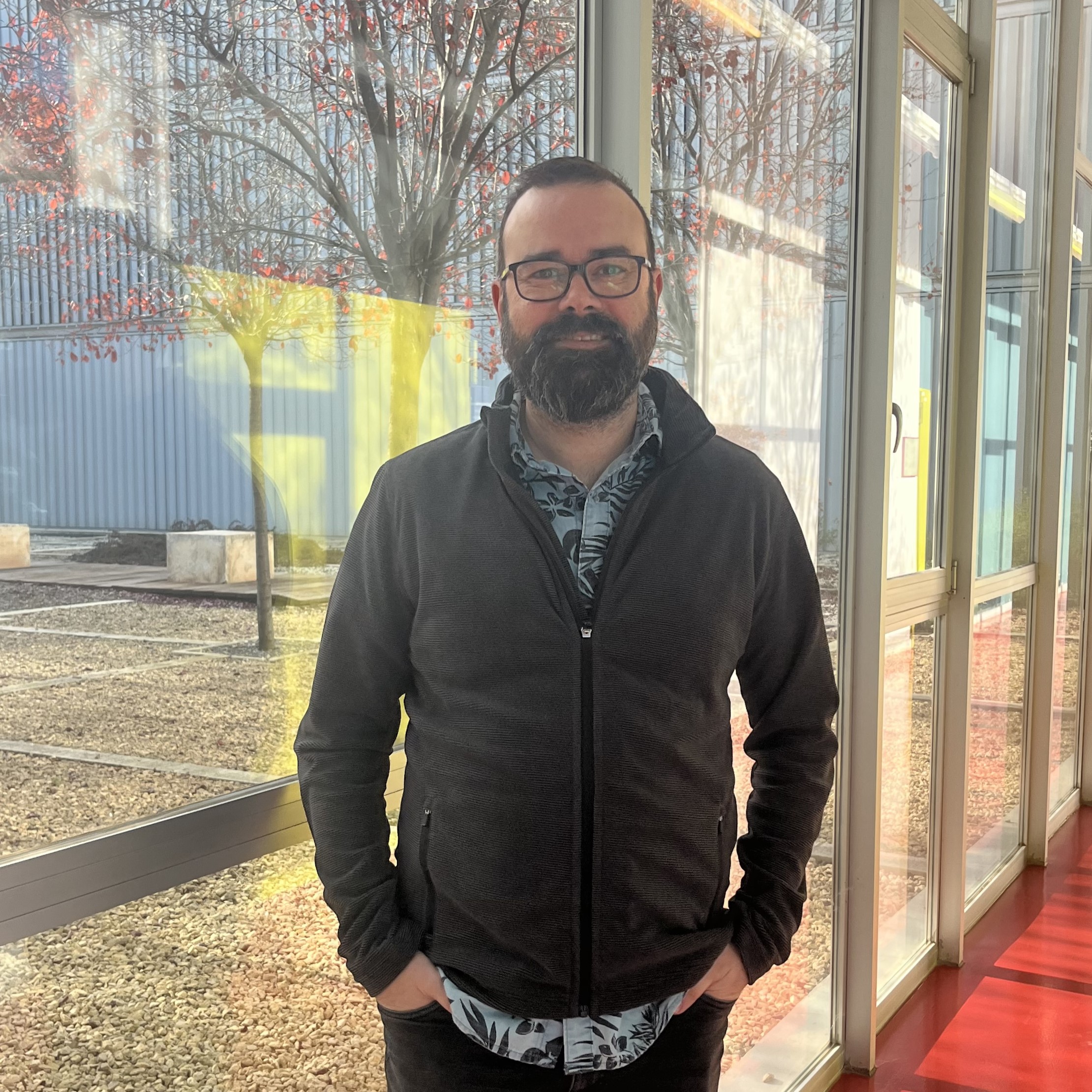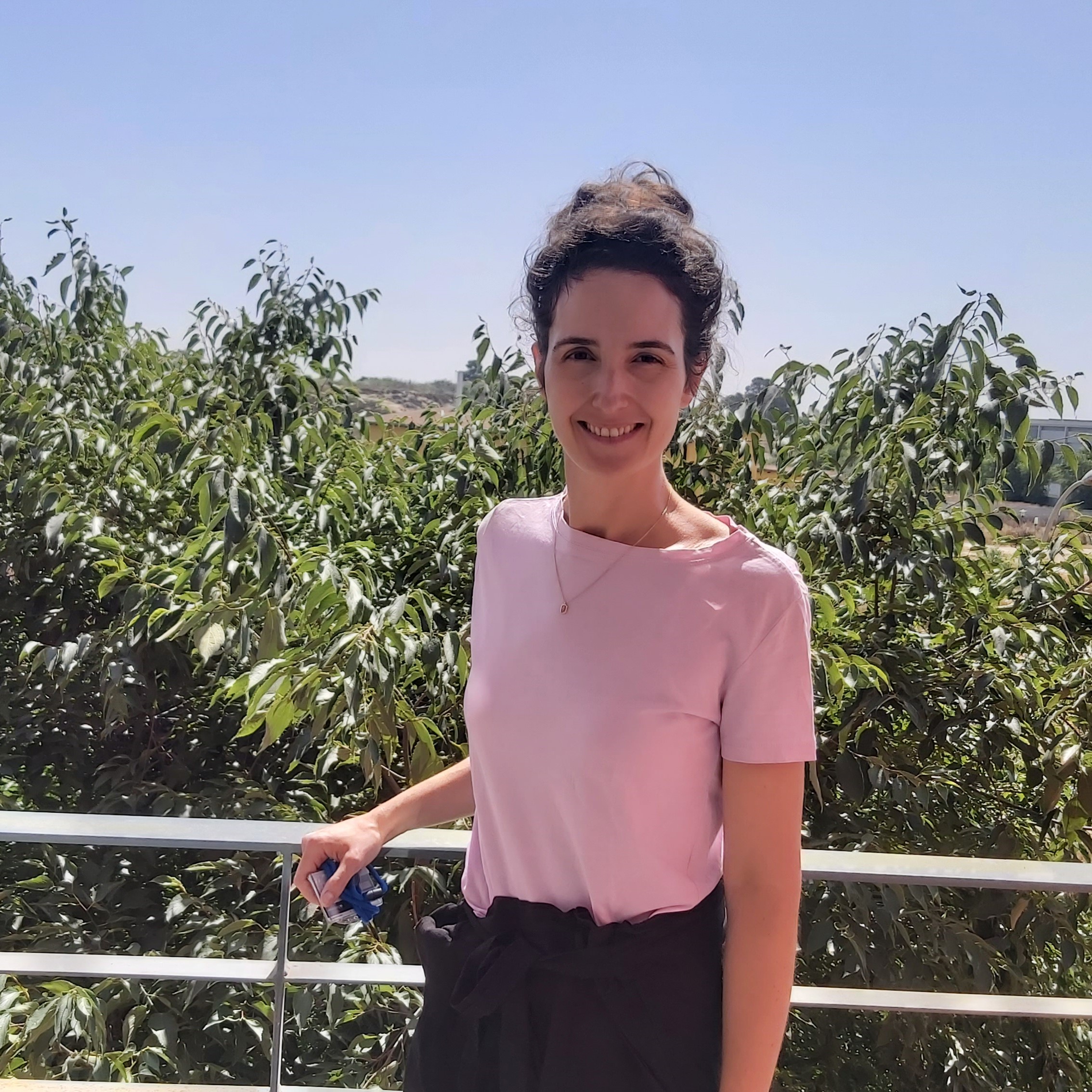
Why did you decide to dedicate yourself to teaching and research?
I have always liked teaching, but this is truly a very long journey. I started as a scholarship holder, not knowing whether I would continue or not. I secured a lab technician contract, which partially helped me afford my PhD tuition, and one thing led to another until I became a associate professor and researcher.
Did you always know what you wanted to do?
What I knew was that I leaned more toward sciences than humanities. I’ve known that since I was a child, though the decision to study Physics was made in the last year before university, during the old COU (pre-university course). Until then, I wanted to become a doctor, but I had a teacher who motivated me to choose this path, and honestly, I don’t regret it at all.
How did you end up at the University of Zaragoza, and how has your career developed?
I studied Physics here at the University of Zaragoza, where I also began my PhD studies. Meanwhile, I got a lab technician contract at the Complutense University of Madrid, in the Department of Optics, so I spent about a year commuting between Zaragoza and Madrid. Later, I secured an FPI (Training of Research Personnel) scholarship from the Ministry, which allowed me to complete my PhD in Physics at the Complutense University. During those years, I visited the Optical Applications Laboratory at the University of Buenos Aires and spent time at the University of Nuremberg, associated with the Max Planck Institute, during two short stays. After earning my doctorate, I worked on various project-based contracts until 2016, when the opportunity arose to return to Zaragoza. So, we packed up, with a one-year-old child in tow, and moved here. I started as an assistant professor, became a asssitant professor in 2021, and a associate professor in 2022.
In your research group, what are your main lines or areas of work?
In the TOL group (Laser Optical Technologies), there are several branches or research lines, and I can place myself in two: one dedicated to the applications of digital holography and another to visual optics.
In the digital holography line, over the past few years, I’ve been using holographic techniques to characterize light beams, particularly a property of light called coherence, which has implications for measurements we perform using digital holography, such as characterizing flows or surfaces. Among these flows, we analyze particle flows, bubbles (sometimes CO₂ bubbles), how they move or dissolve. Over the last two or three years, I’ve been researching how the light source we use for measurements influences the measurements themselves and how to make the most of it.
On the other hand, in the field of visual optics, we design and analyze diffractive optics for correcting visual impairments, including intraocular lenses or contact lenses. I carry out this research line alongside colleagues from the University of Zaragoza and the Complutense University of Madrid.
How do you envision the future of research?
Science generally advances slowly, though there are moments when a brilliant idea, a genius, or a revolutionary experiment propels us forward more significantly. Currently, the challenges we face are more technological than scientific, such as achieving faster computing—this encompasses quantum computing. Another is finding new materials with novel functionalities, such as materials that behave as perfect electrical conductors at room temperature or dissipate heat efficiently. Everything is ultimately connected to optimizing technology or finding new approaches and applications.
Do you think Aragón is well-positioned to face these changes?
In Aragón, we have experts in many fields. A prime example is this Institute, which boasts cutting-edge research groups and divisions. Their recognition in various areas year after year is evident.
What do you enjoy most about your profession? And what do you enjoy the least?
Almost everything is positive. I greatly enjoy preparing my classes, thinking about how I can motivate my students to stay attentive throughout. You could say I aim to be innovative to engage students, provide them with more tools, learn from them, and inspire curiosity and a desire to learn.
As for research, I enjoy almost everything—from conducting experiments in the lab, though I’ve been doing fewer of them lately than I’d like, to grabbing paper and pen and figuring out how to solve problems or run simulations, which I also do. I enjoy it all.
What would you say to someone considering a career in research or education?
I would tell them, based on my personal experience, that you don’t need to be the best in the class to give your best and dedicate yourself to a profession you’re passionate about. Never give up.
CLOSE UP
What did you study: Physics (Unizar) and PhD in Physics (UCM).
A dream to fulfill: I’m not someone with big dreams; maybe I’ve already fulfilled them all.
How do you spend your free time: I have little free time, but I dedicate it to my children (Ahren and Nell), friends, family… Playing the guitar, reading, watching documentaries or series, learning new things, and designing experiments.
A book: The Lord of the Rings.
A serie: The first season of Genius, about Albert Einstein.
Favorite song: “Save Me” by Avantasia, though I have very diverse musical tastes.
A trip: Japan.
How would you define yourself: Simple, curious, quite shy, and somewhat stubborn.
Your opinion about AI: As a teacher, I believe it should be promoted. It’s a great tool offering unimaginable possibilities. As a student, I think it should also be used as long as it doesn’t hinder the acquisition of basic skills.
